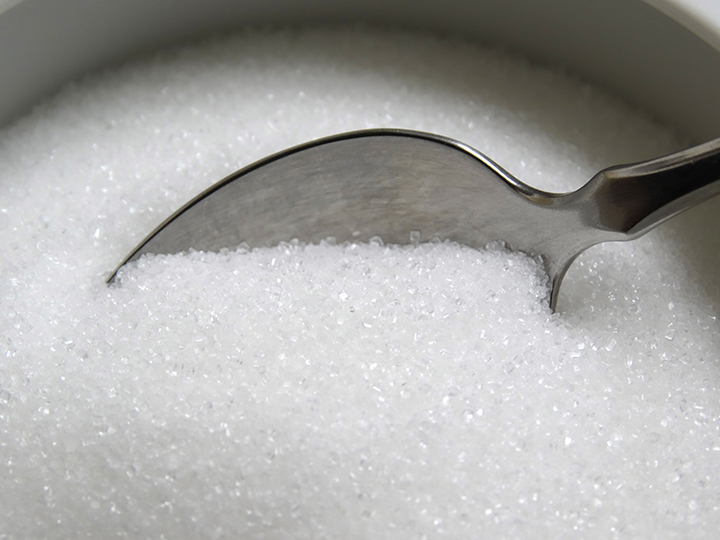We are biologically programmed to like sweets. According to a survey from the International Food Information Council, about 75 percent of Americans are trying to consume less sugar, but this doesn’t mean they’re ready to give up sweets completely.
Let’s discuss commonly used sweeteners which appear to be an appealing alternative to sugar for those of us who are concerned with the amount of calorie intake. But things are more complicated than it appears.
Artificial sweeteners, or non-nutritive sweeteners, as they are sometimes referred to, were first introduced to the market in the 1950s. What is now known about their impact on human health?
Aspartame – other names are Equal, NutraSweet, NatraTaste Blue
It is an FDA approved sweetener currently used in more than 6,000 consumer foods and drinks. Over 500 prescription drugs and over-the-counter medications contain aspartame. Decades of research show that aspartame — the world’s most widely used artificial sweetener — lead to serious health problems, including cancer, cardiovascular disease, Alzheimer’s disease, seizures, stroke and dementia, as well as negative effects such as intestinal dysbiosis, mood disorders, headaches and migraines.
Evidence also links aspartame to weight gain, increased appetite and obesity-related diseases.
Comprised of phenylalanine, aspartic acid, and methanol, these substances can stay in the liver, kidneys, and brain for quite some time.
Splenda (Sucralose)
Splenda, the marketer’s name for sucralose, is a synthetic compound that’s used in more than 4,500 products. While the molecule is made of sucrose (sugar) — three of the hydroxyl groups in the molecule have been replaced by three chlorine atoms. At 600 times sweeter than sugar, it’s easy to see how Splenda can contribute to an addiction for overly sweet foods and drinks.
Sucralose, derived from sugar, was originally introduced as a natural sugar substitute. However, evidence is building that daily intake of Splenda and sucralose can trigger many potential side effects: alter glucose and insulin levels, trigger migraine, negatively impact gut flora and possibly lead to leukemia.
Most Common Sweeteners
Here is the list of some most popular (and harmful) artificial sweeteners on the market today. It’s important to be able to recognize artificial sweeteners on the labels, so check all ingredient labels carefully for the following:
Aspartame
Acesulfame potassium
Alitame
Cyclamate
Dulcin
Equal
Glucin
Kaltame
Mogrosides
Neotame
NutraSweet
Nutrinova
Phenlalanine
Saccharin
Splenda
Sorbitol
Sucralose
Twinsweet
Sweet ‘N Low
Xylitol
Where can sweeteners be found?
Here are a few surprising examples of where to check for the sweeteners mentioned above.
Toothpaste and mouthwash
Children’s chewable vitamins
Cough syrup and liquid medicines
Chewing gum
No-calorie waters and drinks
Alcoholic beverages
Salad dressings
Frozen yogurt and other frozen deserts
Candies
Baked goods
Yogurt
Breakfast cereals
Processed snack foods
“Lite” or diet fruit juices and beverages
Prepared meats
Nicotine gum
What are our options when life without sweets seem dull? All natural sweeteners — including maple syrup, coconut sugar, stevia, fruit purees, and raw honey — are great, healthy substitutions.
So, if you are consuming artificial sweeteners, it would be a wise decision to reconsider this option and better stop.
Katerina and my Indigo Team




